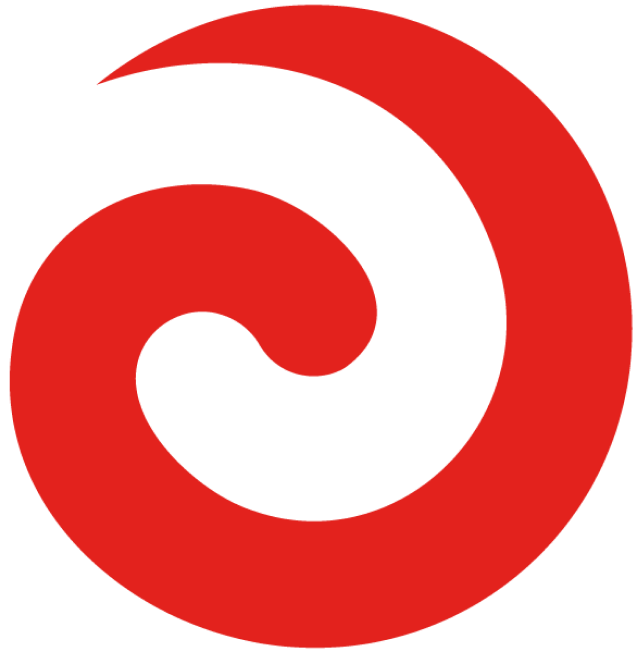Ngāti Whātua Ōrakei iwi, based in Tāmaki Makaurau, is part of an intergenerational plan to restore green-lipped mussel reefs in the Hauraki Gulf.
Kingi Makoare is part of Toi Taiao, an environmental-led Ngāti Whātua Ōrākei organisation entrusted with restoring the moana (sea) to its former glory. This is accomplished by reintroducing mātaitai to the rohe.
"The loss of water is a loss people" is a phrase heard commonly by the iwi nowadays as to why this project is important to them, he says.
The original kūtai beds covered 500 sq. km in the Gulf which was a pātaka kai (food source) for many other species such as tāmure (snapper), wheke (octopus) and whai (string-ray).
Sixty tonnes of living kūtai/green-lipped mussels are being deployed across the original beds.
Commercial dredging on the Hauraki Gulf/Tikapa Moana in the first half of the 20th century decimated mussel stocks. Now the seabed is covered in sedimentation.
“We’ve placed a rāhui on the moana for now but in time it will become abundant in kai.”
Mātauranga Māori has also been included in the recovery mission, to work alongside western science. Certain activities are timed according to the Maramataka (Mori lunar calendar). And today, Makoare said during the whakatau (blessed ceremony) before a barge launched a tonne of kūtai, the moon phase for 'Tangaroa' is the best.
The project has led to a unique partnership between iwi and a local environmental team 'Revive Our Gulf'. They're part of the Mussel Reef Restoration Trust which solely works with iwi, hapū and communities to revive mussel reefs throughout the Hauraki Gulf.
The primary goal of this 'scaled up' experiment is to compare the survival of mussels on a shell substrate to those on bare sediment in a deteriorated environment.
For Ngāti Whātua Ōrākei, this work has been intergenerational, and follows a vision for Ōkahu Bay and its catchment, laid down almost 10-years ago as part of a long-term ecological restoration plan developed by hapū.
Makoare believes this is the direction is part of the iwi plan to help develop skills, education and employment.
“This partnership will help strengthen our ties and provide opportunities for our whānau into this line of work. Whether they wish to get a diving qualification or do a skippers course, it’s up to them,” he says.
More than 85% of the world's shellfish beds are under threat due to overfishing and other human activity. Project director Peter Miles who heads ‘Revive Our Gulf’ hopes this strategy will see benefits within 30 years.
“This is a living experiment to see if we can recreate the mussel beds that used to carpet the bottom of the Gulf - before they were dredged into near extinction last century,” Miles says.


